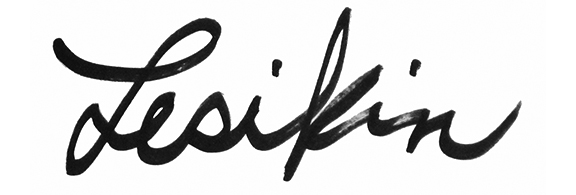About the Bodyscape Series
In representational painting especially, viewers see fabric as clothing, as coverings on possessions like tables and chairs, and as carpet, wallpaper, and tapestry on walls and floors. Fabrics provide a rich background of a prevailing cultural, historical, and socio-economic representation to help complete a pictorial narrative.
In my series Bodyscapes, I bring fabric to the foreground. The fabric is a metaphoric landscape of mountains and valleys and, simultaneously, a literal covering like a coverlet or blanket. Each artwork therefore offers a dual experience: an exploration of hills and valleys of a landscape and of crevices and curves of the draped human form.
Some pieces are traditional rectangular format or two or three canvases asymmetrically juxtaposed; thus, their edges challenge the rectangular tradition. In these single- or multi-panel paintings, the figure and landscape components are quite apparent. For example, in Rainbow Mountain, the human figure, suggested in the fabric’s drapery, is sideways and foreshortened; the feet are at the bottom of the picture plane; the knees are bent moving outside the mid-right edge; and the shoulders and upper torso form a triangle at the top. The head, tucked behind the shoulders, is hidden from view. At the same time, landscape is suggested by the rainbow of the alternate stripes of the fabric covering the body and more explicitly by the sky intimating a departed storm.
The traditional format paintings led to iterations where painting and frame become one. The rectangular canvas sits within a 3-D, shaped frame. These latest Bodyscapes remain primarily paintings of fabric; however, the figure and landscape components are more subtle. For example, in Variations on Red the human form is now obscured in the close-up detail of the draped fabric while the representation of the fabric’s drape and folds merely hints at landscape.
